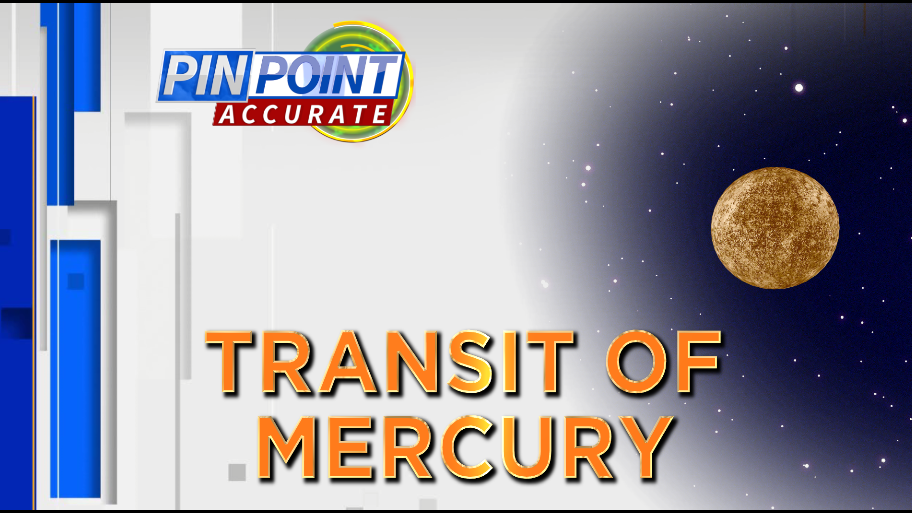ORLANDO, Fla.- - You are going to need some help to see the Transit of Mercury, but this celestial event is arguably the highlight of the sky-watching year. A transit is just like an eclipse, the planet, in this case Mercury, will pass or transit in front of the sun. As it does, Mercury will appear as a tiny black dot moving across the surface of the sun.
How To View:
NEVER LOOK DIRECTLY AT THE SUN. SPECIAL GLASSES OR FILTER WILL BE NEEDED TO VIEW.
Just like the solar eclipse in 2017, special glasses or filters will be required to view the transit. Since Mercury is so small, however, you will also need binoculars or a telescope to view. Use extreme caution when using magnification to look at the sun. If using binoculars or a telescope, make sure the proper solar film is installed on the front lens, not the eyepiece for safe viewing. An even safer way to view the sun is to project the image on to something. Ways to view the sun safely can be found here.
WHEN:
The images below are not to scale.
Nov. 11
Start of full transit: 7:37 a.m.
End of full transit: 1:02 p.m.
The next transit of Mercury will occur in November of 2032. Venus is the only other planet to transit as Venus and Mercury are between the sun and Earth.
Copyright 2019 by WKMG ClickOrlando - All rights reserved.
